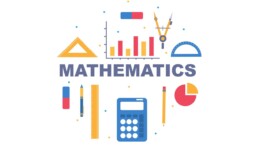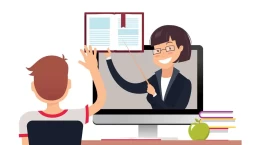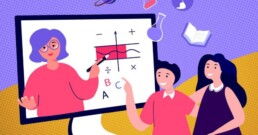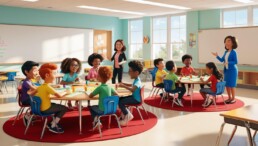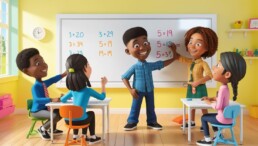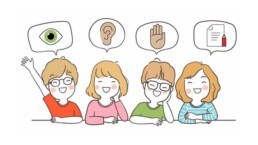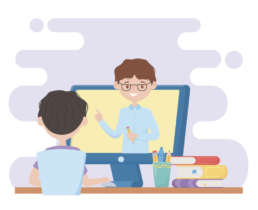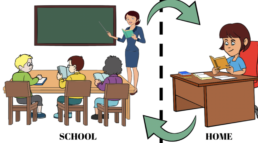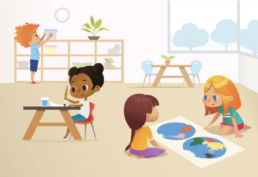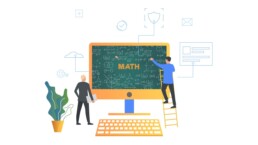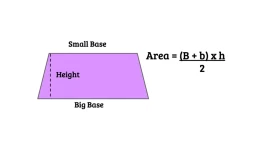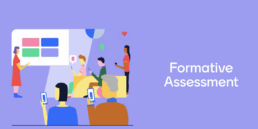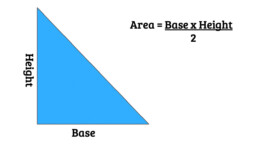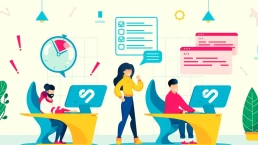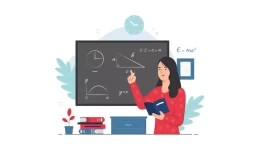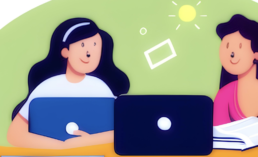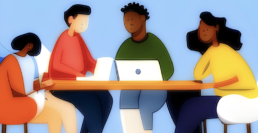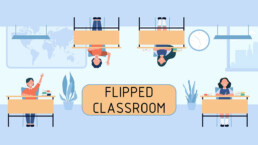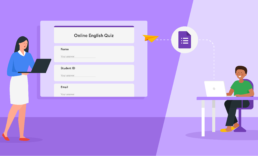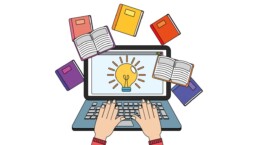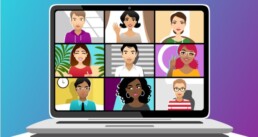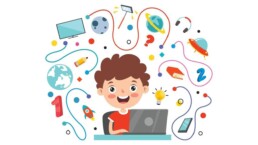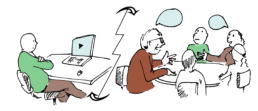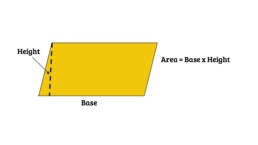Flipped Learning – The Classroom Dynamic
Introduction

Flipped Learning has been gaining popularity in recent years as more and more teachers look for ways to engage their students in active learning.
There are many reasons why teachers might choose to flip their classrooms. Some teachers feel that it is more efficient to use class time for hands-on activities, while others find that their students retain more information when they are actively engaged in the material. Still, others appreciate the flexibility that flipping provides; if a student is absent, they can easily catch up on the lecture at home.
Whatever the reason, there is no doubt that Flipped Learning can be an effective way to improve student engagement and achievement. Let’s take a closer look at the classroom dynamic of Flipped Learning.
Students Know One Another
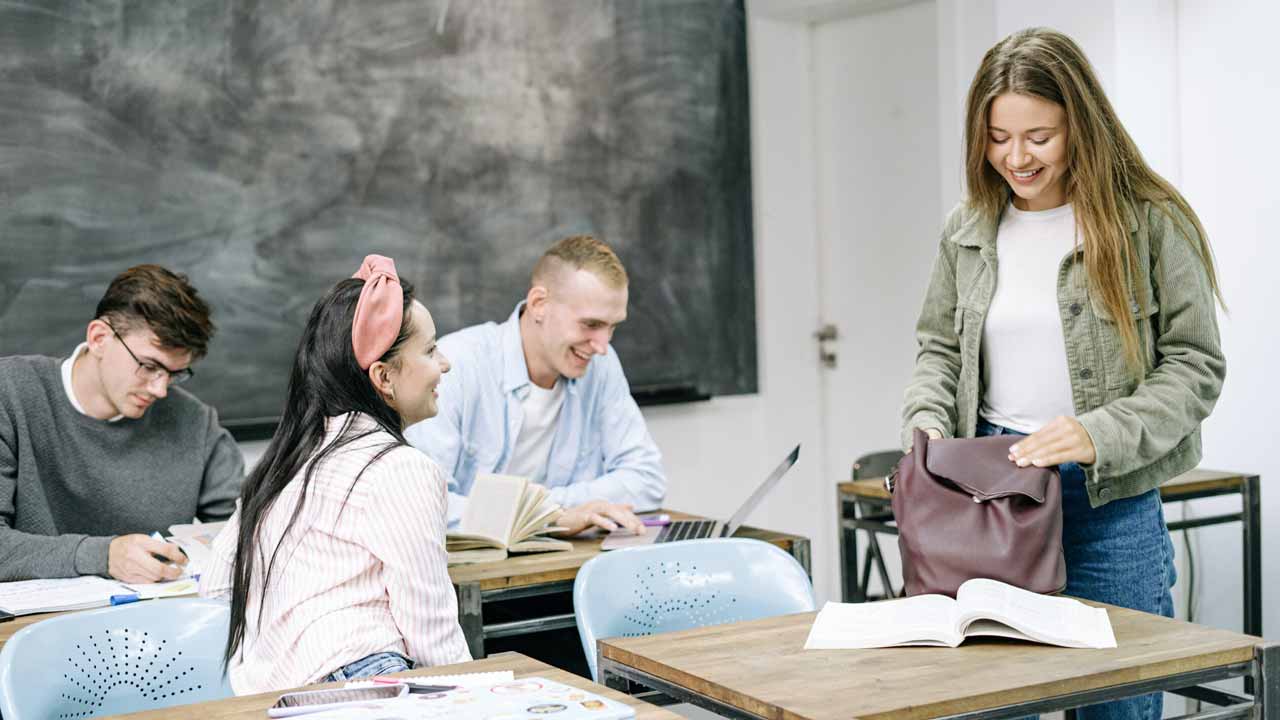
Flipped Learning is an educational model that allows the use of class time for activities such as discussion, debate, and projects. Thus, Flipped Learning allows students to get to know each other better. In a traditional classroom, students are often seated in rows facing the front of the room. This arrangement doesn’t allow for much interaction between students. However, in a flipped classroom, students are often working together on activities or projects. This gives them a chance to get to know each other better and build relationships. Flipped Learning builds a sense of community.
I have had students tell me during their experience with Flipped Learning that they appreciated this approach because they got a chance to talk to classmates they would not normally talk to. When students are given the opportunity to work with different classmates they create relationships that sometimes may have never occurred. This creates a welcoming environment.
Students Help One Another

In addition, Flipped Learning allows students to help each other learn. Because they are coming to class already familiar with the material, they can provide each other with valuable insight and feedback. Flipped Learning often encourages group work, which further promotes collaboration and peer-to-peer learning. As a result, Flipped Learning provides students with an opportunity to take an active role in their education, as well as the education of their classmates.
My class is often filled with students helping each other. They learn that helping each other is essential for classroom success. When students help each other they feel a sense of importance throughout their learning.
Students Listen to One Another

In Flipped Learning, students spend considerable time listening to each other. This is because the class focus is on discussions and small group work, rather than class lectures. This type of active listening is essential for developing critical thinking and communication skills.
During Flipped Learning, students are typically given class time to discuss mathematical concepts. This structure encourages students to think about what they have learned and how it can be applied in a real-world context. By flipping the traditional classroom model, educators can create an environment where students are more engaged and more likely to remember what they have learned.
Tips

- Make sure that the content you’re asking them to learn outside of class is engaging and accessible.
- When creating activities, it’s important to make sure that they are challenging enough to keep students engaged, but not so difficult that they become frustrated or discouraged.
- Encourage students to discuss how to solve the math problem.
- Encourage students to help each other by encouraging group work.
- Praise teamwork
Conclusion
There are many reasons why teachers might choose to flip their classrooms but some of the most common include increased engagement and improved achievement.
When done correctly, Flipped Learning can be an enormously beneficial way to teach. It allows teachers to personalize instruction, provides more opportunities for hands-on learning, and gives struggling students extra attention when they need it most. Of course, there are some challenges associated with flipping the classroom model as well—but these can be overcome with careful planning and implementation.
If you’re thinking of flipping your classroom, go for it! Your students will benefit from the experience.
